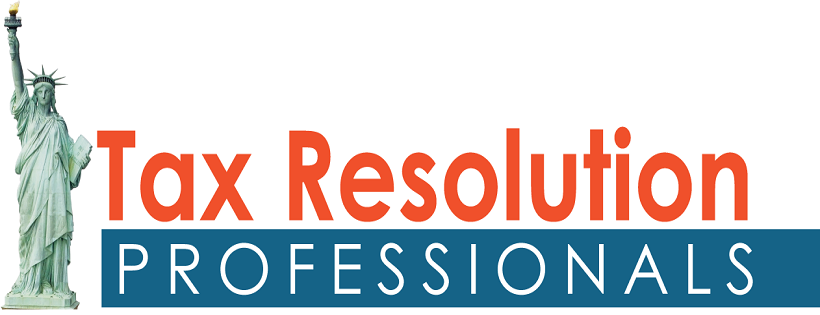Getting An IRS Lien Withdrawal
Updated 12/28/2016 to Include Lien Office Information
Update 6/9/2021: Credit reporting agencies no longer report IRS tax liens, but lenders, credit card companies, and others may still be able to discover liens.
This is a brief guide on how to withdraw an IRS tax lien. This may be applicable when:
- you owe less than $25,000
- are in a payment plan
- have paid the amount off in full
- or have an Offer in Compromise that was accepted and for which the payment terms have been completed
The difference between an IRS lien release and a withdrawal is that the release shows a debt due then paid off, while the withdrawal shows as if you never had the debt in the first place. The withdrawal is better for your credit rating score, but it is not done automatically. The IRS only automatically “releases” the liens.
The form to fill out to change it to a withdrawal is F12277.pdf and is found here. Right-click and save as to download.
Section 1 Through 8
Sections 1 through 8 are filled out based on your own information.
Section 9 and 10 should be skipped first, then fill out Section 11.
Section 11
Check this box:
“The taxpayer, or the Taxpayer Advocate acting on behalf of the taxpayer, believes withdrawal is in the best interest of the taxpayer and the government.”
Underneath, write this as your response, if in a payment plan for less than $25,000:
I AM CURRENTLY IN A STREAMLINE INSTALLMENT AGREEMENT FOR THE REMAINING BALANCE DUES. UNDER FRESH START, I QUALIFY FOR A REMOVAL OF THE LIENS FILED UPON ME. IT WOULD ALSO BE IN THE BEST INTERESTS OF MYSELF AND THE GOVERNMENT TO REMOVE THESE LIENS. IT WILL ALLOW ME TO EARN MORE INCOME AND IN TURN, PAY THE GOVERNMENT MORE AS WELL.
If you have paid off the tax debt in full, then input this for Section 11:
I HAVE PAID MY TAXES IN FULL. UNDER FRESH START, I QUALIFY FOR A REMOVAL OF THE LIENS FILED UPON ME. IT WOULD ALSO BE IN THE BEST INTERESTS OF MYSELF AND THE GOVERNMENT TO REMOVE THESE LIENS.. IT WILL ALLOW ME TO EARN MORE INCOME AND IN TURN, PAY THE GOVERNMENT MORE AS WELL.
If you have an Offer In Compromise where all the payment terms have been paid, then input for Section 11:
I HAVE RESOLVED ALL PAST DUE LIABILITIES. IT WOULD ALSO BE IN THE BEST INTERESTS OF THE MYSELF AND THE DEPARTMENT OF TREASURY TO REMOVE THIS LIEN. IT WILL ALLOW ME TO EARN MORE INCOME AND IN TURN, INCREASE REVENUE FOR THE DEPARTMENT OF TREASURY.
Section 9 and 10
Call the IRS lien desk at 1- 800-913-6050. Ask them for the following information:
- Who is the person in charge of liens for my county? Use your Zip code to search county on google if needed.
- What are their fax and phone number? What is their mailing address?
- Ask them for the information available in Sections 9 and 10. If you can’t get all the lien info for Section 9, send the form anyway. They usually can find it, but sending complete info to the IRS usually means faster processing, so it is recommended to try asking for this info over the phone first.
IRS Lien Office Addresses and Information
After you have this information, then complete the rest of Form F12277. Prepare a fax cover page addressed to the person indicated by the IRS Lien Desk. Then sign Form F12277, date it, and fax it with the cover page to the agent assigned to your county. You can also mail it by certified mail if you prefer.
Within 30-60 days the liens should be withdrawn by the IRS. Sometimes they want you to mail it, but if there is a fax number, it is usually faster.
Conditions for IRS Lien Withdrawal
Several circumstances may call for the IRS to withdraw a lien:
- If the lien was issued by mistake – point this out and be prepared to argue it
- If the taxpayer is already entered into a Direct Debit Installment Agreement – to meet this qualification, you have to be current in your estimated tax payments and have filed your tax returns for the past three years
- If the tax lien is detrimental to the taxpayers’ ability to pay – this is an easy argument to make, as we show in the above sections
An Exception For Withdrawal: If you had a lien filed that contained multiple years, and some of those years expired from the IRS system, but others were paid or settled, the IRS will usually not withdraw the liens. This is because those expired years do not qualify for withdrawal under the Fresh Start program. However, if you can show a clear and convincing reason that the withdrawal is negatively affecting your life, the IRS will still consider withdrawing the lien.
Get help with the IRS
Don’t want to do it yourself? Consult with one of our attorneys by filling out our tax help survey or call us at (888) 515-4829.

Thank you
Hi Barbara, Fillable is best but I would download our form and fill it out in Adobe reader or get the OIC form from the IRS – the link you posted is for the non-OIC 433a, which is usually used by revenue officers for payment plans and currently non collectable.
Pingback: How To Do Your Own Offer In Compromise - Tax Resolution Professionals Guides and InformationTax Resolution Professionals Guides and Information